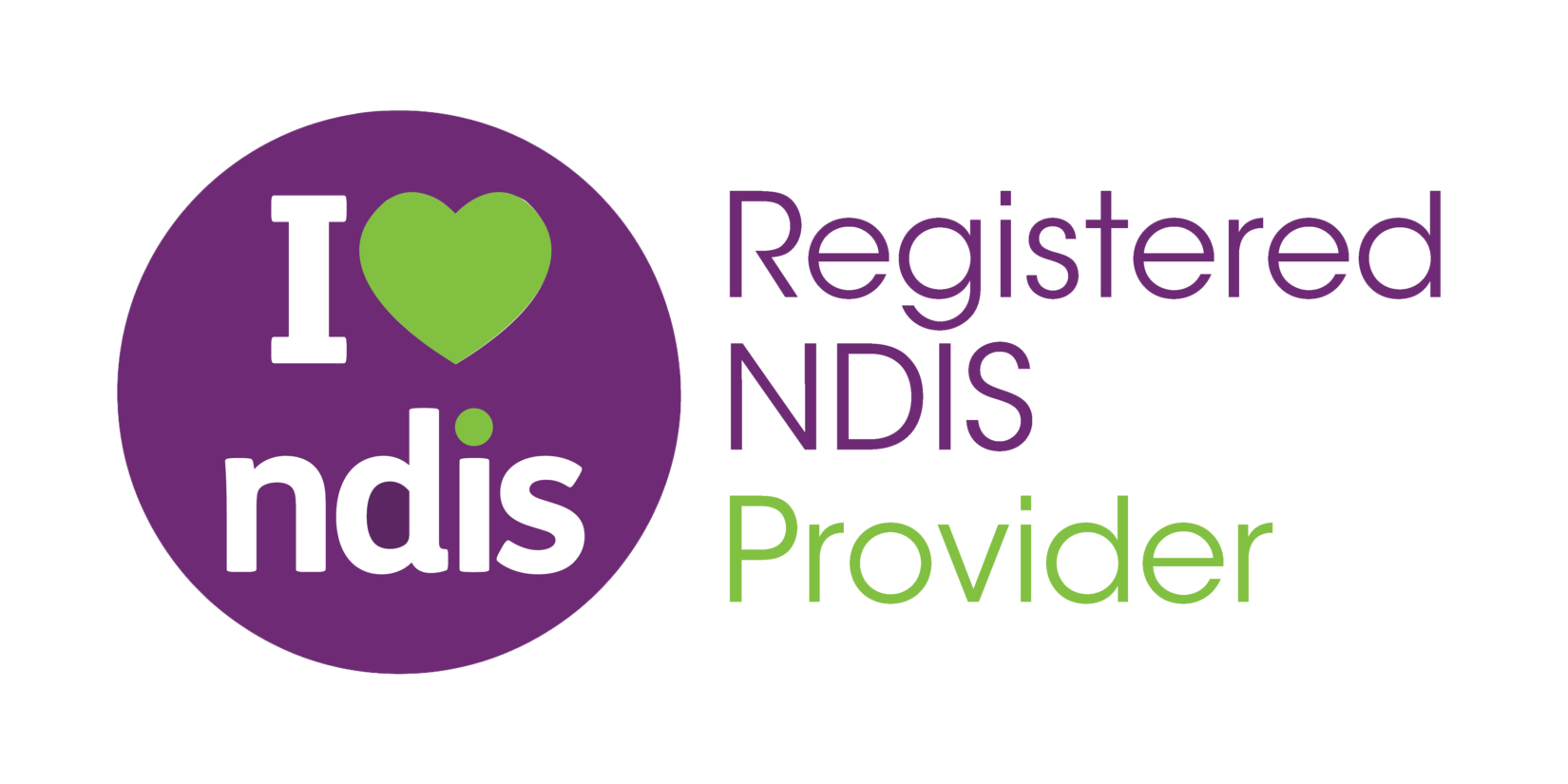Get in touch
Email: info@empoweringabilityjourney.com.au
Phone: 0451 093 210 or 1300 045 841
What You Need to Know About CPAP and Breathing Support
Ventilation Management (C PAP)
How Ventilation Support Helps People Breathe Easier
A ventilator is a machine that helps move air through a person’s lungs. It is connected to the individual via a trach tube in the throat and blows air, or air with extra oxygen, into the lungs.
Each ventilator has settings customised by the participant’s general practitioner to suit their specific needs. Some participants use ventilators all the time, while others only require them part of the time
Nha's Advice on CPAP Mask Fit
Ensuring your CPAP mask fits snugly without being too tight can improve comfort and effectiveness.
A well-fitted mask helps you breathe easier during sleep
Nha's Advice on CPAP Mask Fit
Ensuring your CPAP mask fits snugly without being too tight can improve comfort and effectiveness.
A well-fitted mask helps you breathe easier during sleep
Non-Invasive vs. Invasive Ventilation: What’s the Difference?
Non-Invasive Mechanical Ventilation
This method is suitable for participants who only need ventilator support during sleep or rest. It involves the use of a nasal mask, such as CPAP or BiPAP, to provide air without requiring surgical intervention.
Non-invasive ventilation is less intrusive and ideal for short-term or intermittent use
Invasive Mechanical Ventilation
Invasive ventilation is a life-saving intervention for participants with severe respiratory failure. It involves connecting the ventilator through an artificial airway, such as a tracheotomy.
This method makes sure of continuous airflow for those who cannot breathe unaided.
Participant-Centred Care
Every aspect of care is tailored to the participant’s needs, preferences, and safety.
Staff are highly trained to manage ventilators confidently, handle emergencies effectively, and make sure of clear communication between participants, their families, and healthcare professionals.
Proactive monitoring helps detect risks early through regular observation and equipment checks. Adherence to care plans, infection control, and emergency protocols makes sure the highest standard of safety.
Accurate and timely documentation is essential for maintaining continuous care.

Keeping Ventilation Safe and Reliable - Pro Tips
Training Staff
All staff must be educated on respiratory conditions, ventilator functions, and emergency procedures. Regular refresher courses help keep skills up-to-date and make sure carers feel confident in their roles.
Preventing Equipment Failures
Daily and monthly equipment checks are vital to maintaining functionality. Keeping a stock of consumables and emergency supplies makes sure of preparedness.
A backup power system should always be ready and operational.
Preventing Infection
Strict hygiene and infection control measures are critical. Staff must use PPE and follow suction and cleaning protocols. Regular replacement of ventilator circuits, filters, and consumables minimises infection risks.
Monitoring Participant Condition
Ventilator settings and alarms should be checked regularly. Signs of respiratory distress, infection, or pressure sores must be addressed promptly.
Early warning signs, such as unexplained coughing or difficulty breathing, require immediate action.
What to Always Do (and Never Do) When Using a Ventilator
Do’s
- Follow the care plan and written orders from healthcare professionals.
- Make sure ventilator settings comply with prescribed guidelines.
- Communicate any concerns with the participant’s family and healthcare team.
- Monitor respiratory function and equipment performance.
- Document observations, interventions, and changes promptly.
- Adhere to infection control protocols at all times.
Don’ts
- Ignore ventilator alarms or signs needing immediate attention.
- Adjust ventilator settings unless authorised as a registered nurse or qualified practitioner.
- Skip training sessions or neglect staying current with best practices.
- Overlook regular equipment checks or participant assessments.
- Assume instructions; always verify care plans and make sure of participant consent.
Need Help With Ventilator Management?
Reach out to your healthcare provider for expert advice and support.
Making sure of safe and effective care is just a call away.
Send Us a Message
Contact Us
We will get back to you as soon as possible.
Please try again later.
Loved and recommended by Athletic Koala NDIS Website Team

